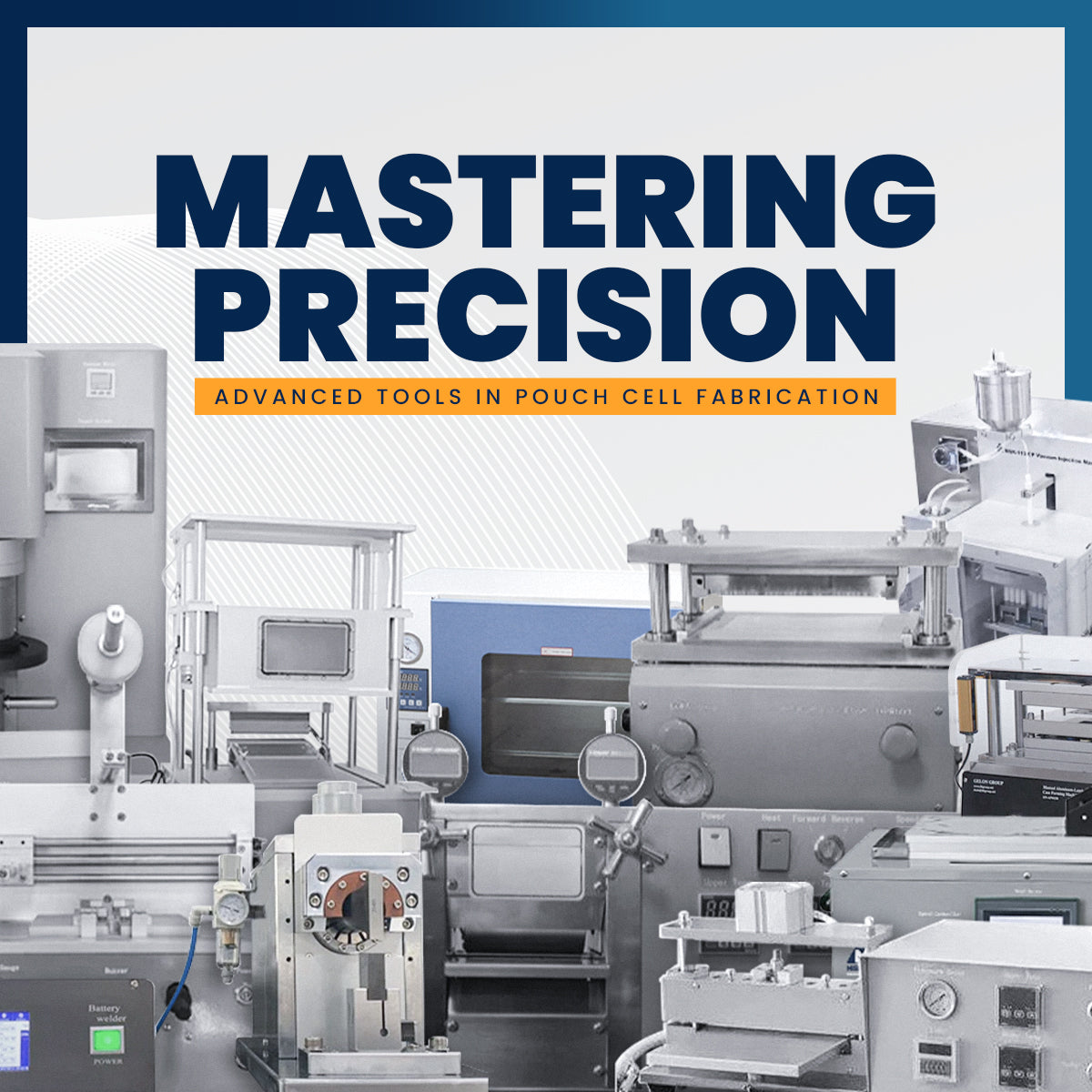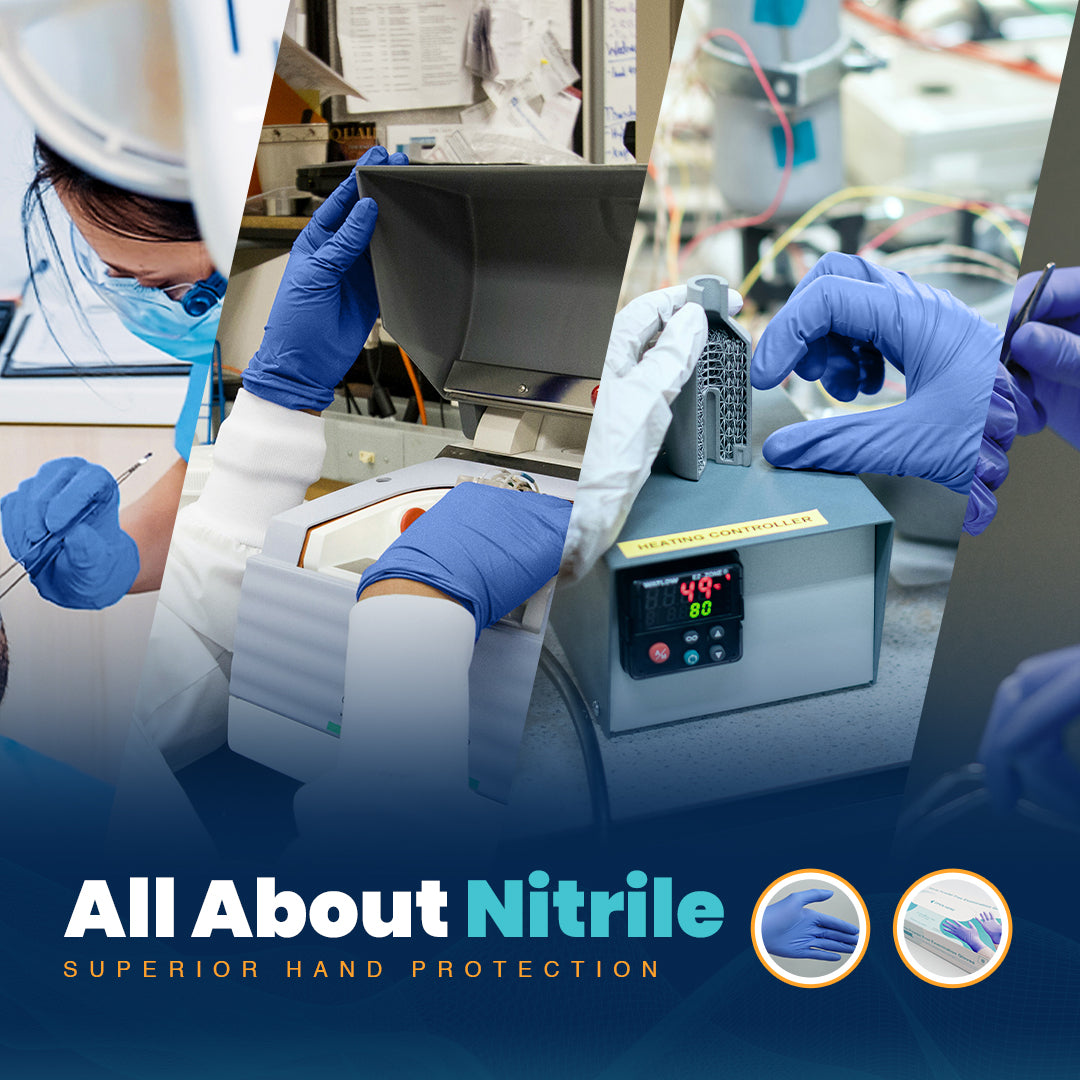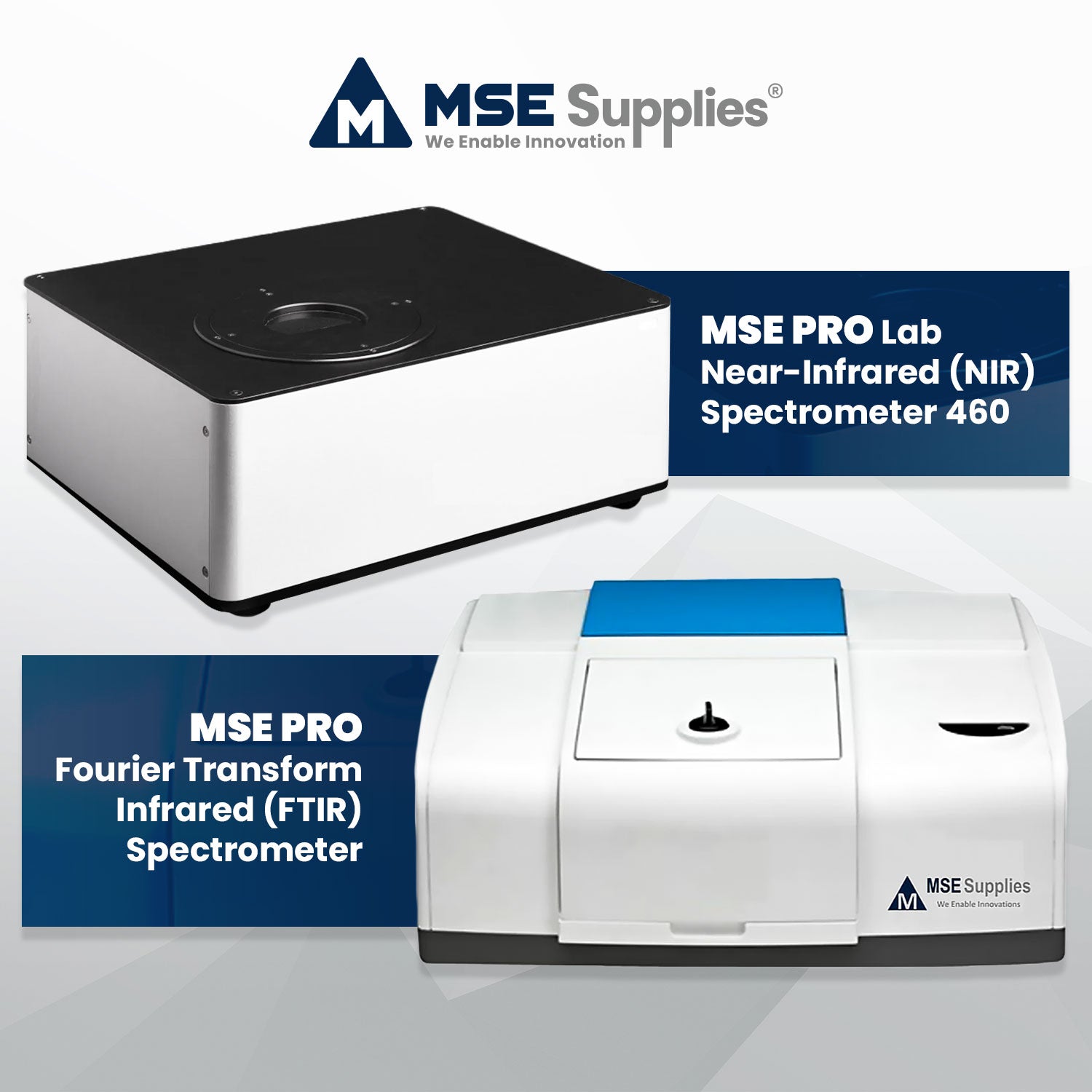Enabling Innovation in Solid-State Battery Development
Posted by MSE Supplies Admin on
A Case Study of "Incorporating Solvate and Solid Electrolytes for All-Solid-state Li2S Batteries with High Capacity and Long Cycle Life"
Introduction
Solid-state lithium-sulfur batteries have recently achieved a groundbreaking breakthrough in their experimental development that overcomes previous performance limitations. Academic researchers Minjeong Shin and Andrew A. Gewirth from the University of Illinois’s Department of Chemistry first communicated this discovery through their paper "Incorporating Solvate and Solid Electrolytes for All-Solid-state Li2S Batteries with High Capacity and Long Cycle Life", published in Advanced Energy Materials on May 2019. In the paper, the team discussed how they developed a new materials that would increase the performance of these batteries, thereby making them a commercially viable replacement for current liquid electrolyte batteries. In order to acquire the high-quality materials and machinery they needed to complete their research project, the team sourced key components for their experiments from MSE Supplies. Through this collaboration between academia and industry, the team successfully completed their research project with stellar results that have shown great promise for the future of the solid-state battery technology landscape.
The Research
Development of solid-state lithium-sulfur batteries had been stalled due to the poor interface between the solid electrolyte and the battery electrodes. Solid materials are generally unable to conform to the surface of the electrodes as closely as liquid electrolytes, leading to poor interfacial interactions and an overall reduction of battery performance. This low performance manifests itself in two primary ways:
-
Low ionic and electronic conductivity in the battery due to the active materials’ inability to interact with optimal efficiency.
-
Low cyclability of the battery due to the large volume changes in the solid electrolyte causing cracks to form in the electrodes’ structure.





